Professional portrait photographers may favour top-money lenses such as the Canon EF 85mm f/1.2 or Nikon 85mm f/1.4G, but with both costing over £1,200 ($ 1,450 or AU$ 1,800), they can be pretty pricey for most of us to justify.
Thankfully, there’s plenty of choice to be had if you don’t want to break the bank, with a range of prime (fixed length) lenses that are affordable but capable.
What makes a good portrait lens?
The first thing to consider is focal length. If you’re using a full-frame DSLR like a Canon EOS 6D or Nikon D750, an 85mm is perfect for portraiture as it enables half-length portraits to be taken from a comfortable distance of around 3m, so you can direct your subject without crowding in and making them feel awkward.

Use an 85mm lens on an APS-C camera like a Canon EOS 750D or Nikon D3300, and you’ll be able to take head-and-shoulders portraits from about the same distance. One particular advantage of using an 85mm lens for portraiture is that the short telephoto focal length has the effect of slightly compressing any prominent facial features (think noses and chins) for a bit of added flattery.
Generally, prime lenses offer superior image quality to zoom lenses. Their killer feature, however, is a wide maximum aperture that’s usually between f/1.4 and f/1.8. This enables a tight depth of field, so you can blur fussy backgrounds and make the person you’re shooting really stand out in an image.
The lens’s ‘bokeh’ is all-important
This is the quality of defocused areas within the image, and the aim is to produce a smooth and creamy-looking blur effect. When shooting at anything other than a wide-open aperture, one thing that helps with this is for the lens to feature a well-rounded diaphragm.
Wider apertures also help if you’re taking indoor or twilight portraits and you want to make the most of ambient lighting effects without using flash. The key benefit is that you can use faster shutter speeds to enable handheld shooting, as well as freezing any slight movement in the person you’re photographing, without having to greatly increase your camera’s sensitivity (ISO) setting.
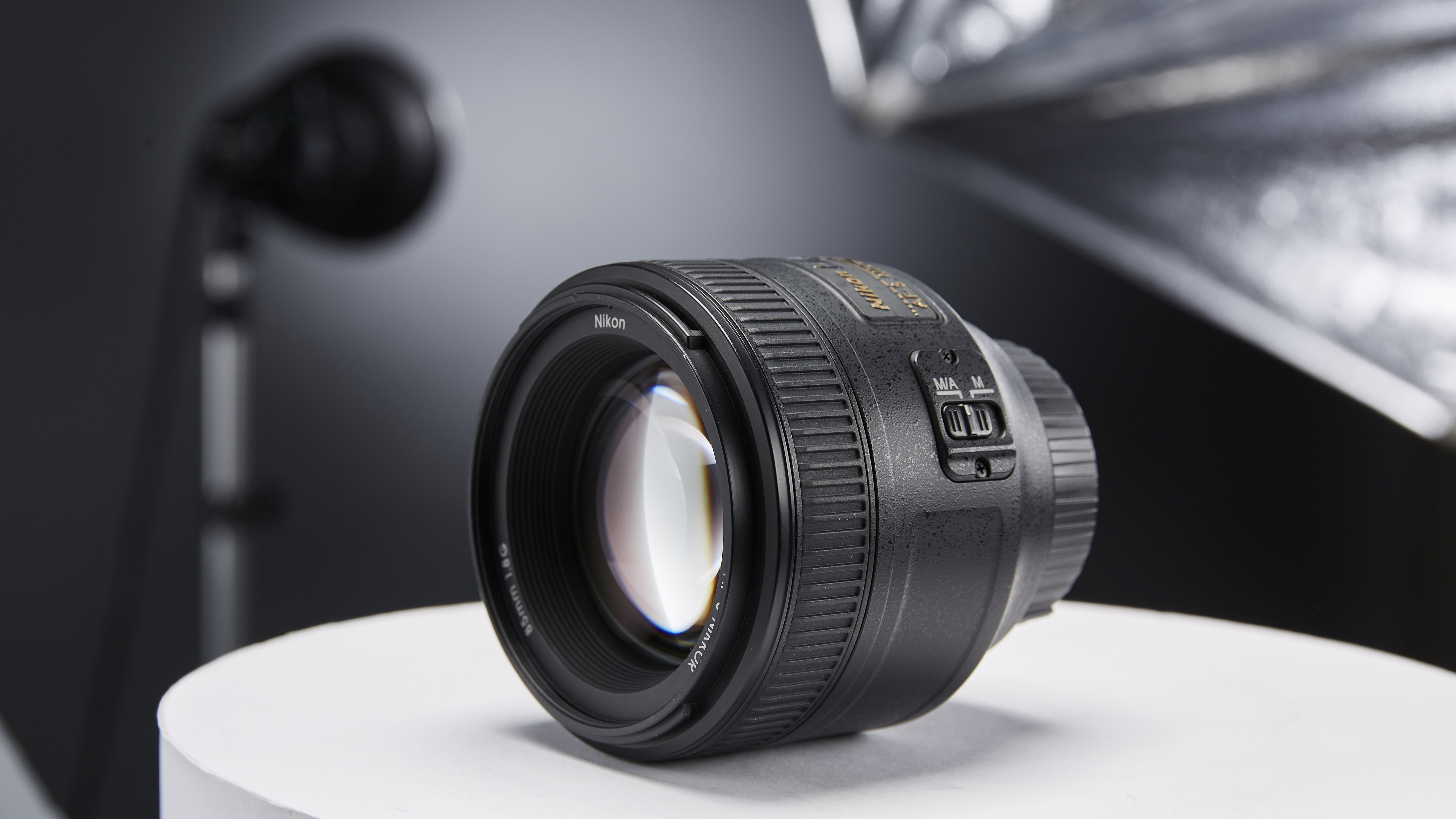
A relative newcomer to Nikon’s range of lenses, AF speed is good if not rapid. There are only seven diaphragm blades, but the aperture is still well rounded and bokeh is nice and dreamy. The mounting plate features a weather-seal ring, and handling is very refined, with smooth manual focus and full-time focus override delivered by a comfortably large focus ring. Sharpness and contrast are impressive, even at the widest aperture of f/1.8, and both of these image attributes are excellent at apertures of between f/2.8 and f/16. Distortion is practically non-existent and there’s almost no colour fringing whatsoever. Overall, it’s an excellent performer that’s well worth the price.
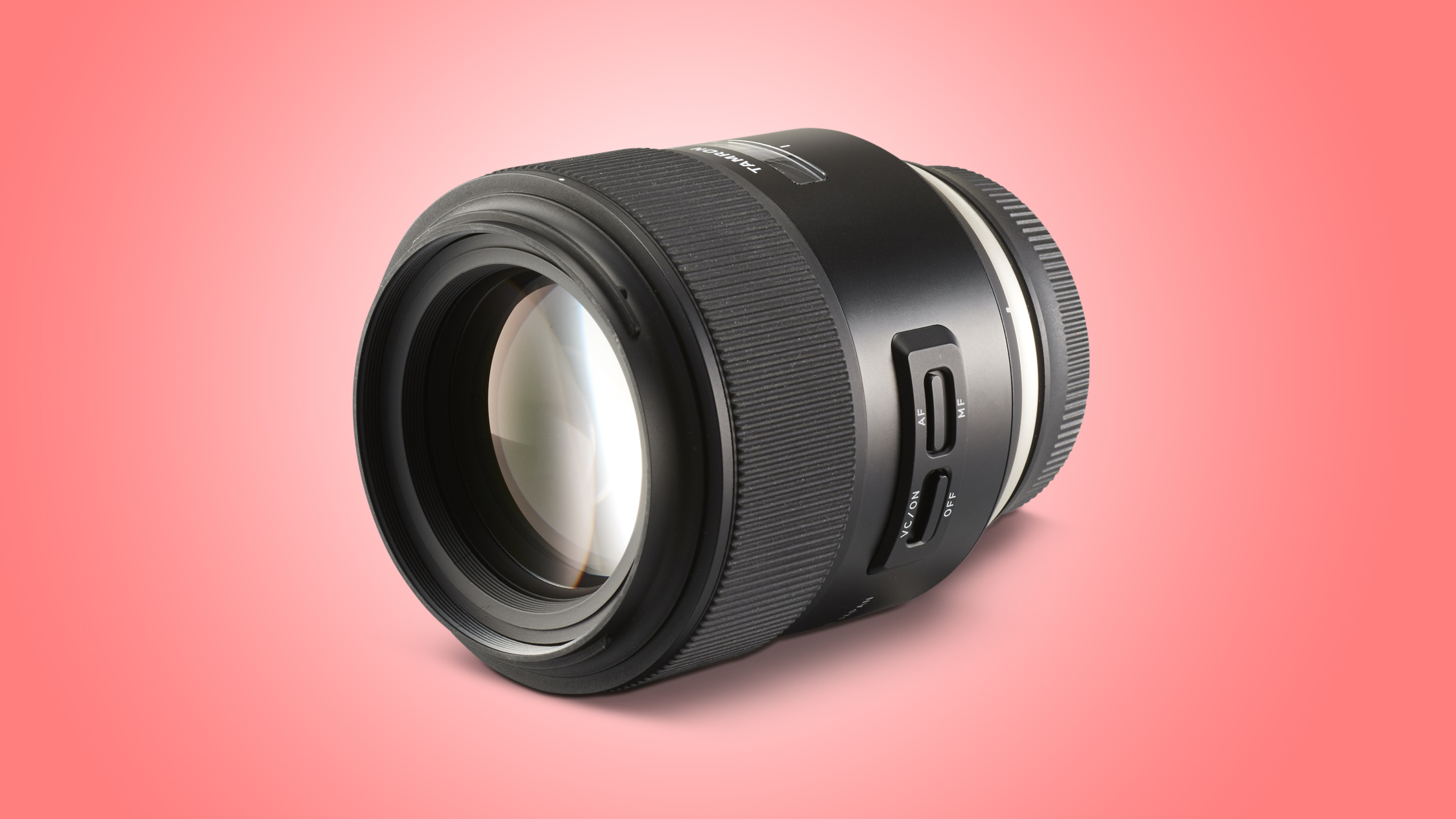
The only lens here to feature an optical stabiliser, which is a worthwhile addition when shooting on Canon and Nikon bodies. It has pro-grade build quality, with excellent handling and a full set of weather-seals. It features XLD (eXtra Low Dispersion) and LD elements, along with Tamron’s eBand and BBAR nano-structured coatings. The overall aim is to deliver superb image quality with great sharpness even in hand-held shooting, along with minimal colour fringing, ghosting and flare. The ring-type ultrasonic autofocus system is ultra-fast, while sharpness is impressively consistent, both throughout the aperture range and across the whole frame. You can’t get quite such a minimal depth of field as with an 85mm f/1.4 lens, but the Tamron’s bokeh is simply gorgeous, which makes up for it.
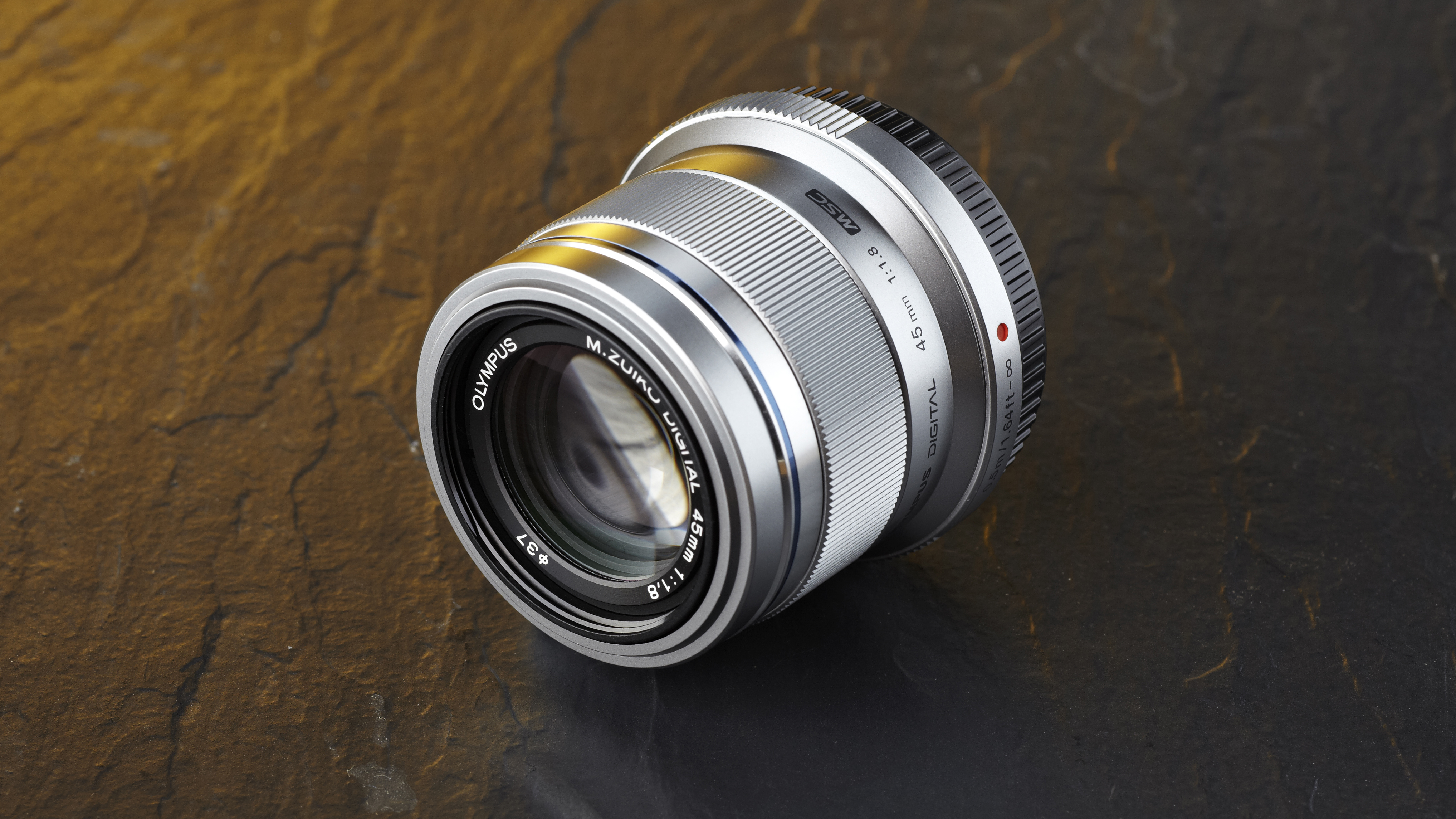
This lens is a tiny thing, weighing only 116g. From a distance, the lens barrel looks like high-grade metal, but it’s actually made of plastic with a metal-like finish. Even so, build quality feels solid. The MSC (Movie & Stills Compatible) autofocus system is driven from an in-camera motor. It’s practically silent and, in stills mode, as fast as the quickest ring-type ultrasonic lenses here. Sharpness is outstanding, even at the widest available aperture of f/1.8, though colour fringing is a little above average and pincushion distortion is slightly noticeable. Overall, the Olympus packs big portraiture potential into a tiny package.
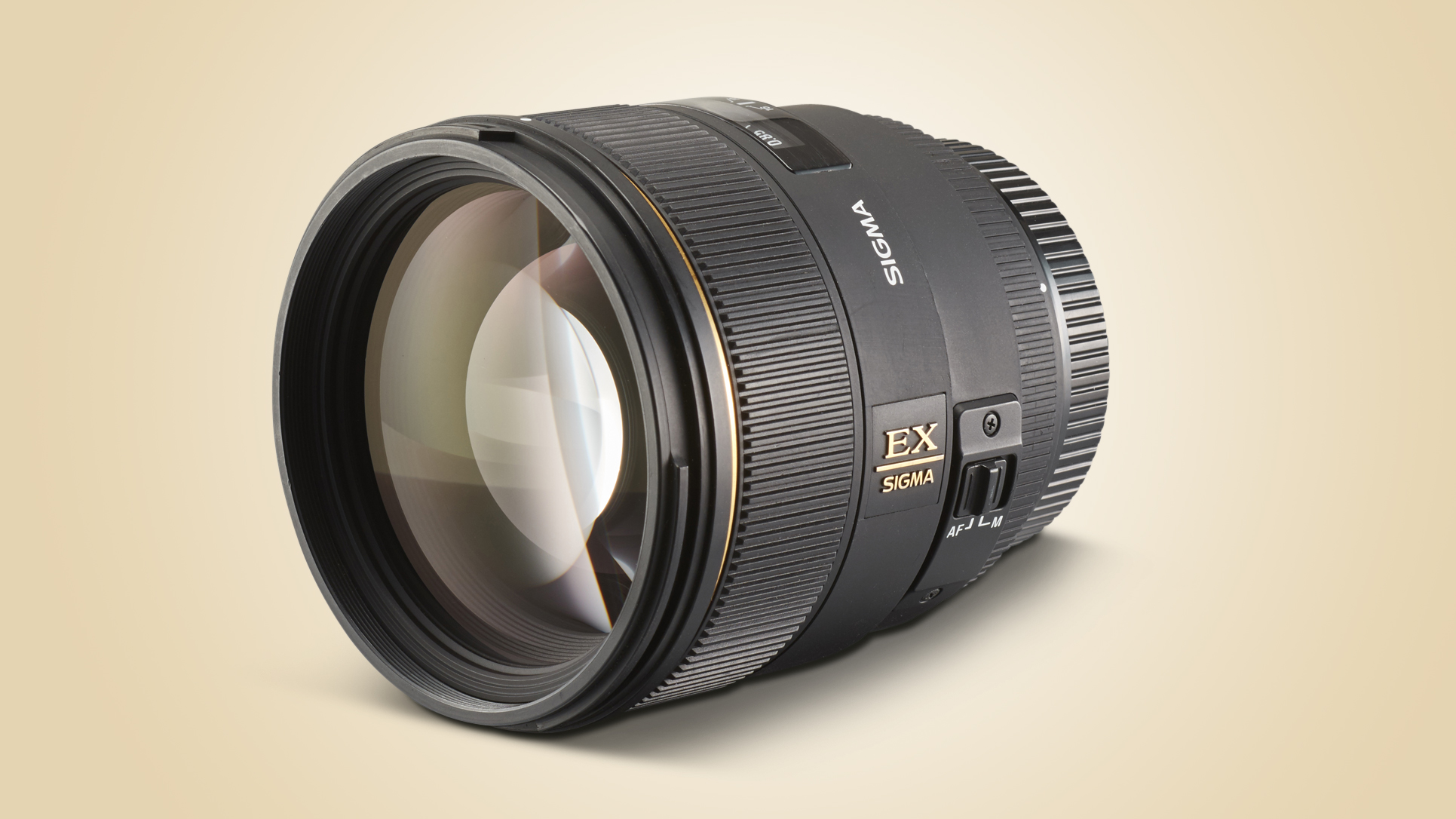
We’re big fans of Sigma’s Art-line prime lenses and, for Canon and Nikon APS-C format cameras, the full-frame compatible Sigma 50mm f/1.4 A lens is our favourite portrait lens. This 85mm optic is an older design but nevertheless features aspherical and SLD (Special Low Dispersion) elements, along with a ring-type ultrasonic autofocus system. The lens doesn’t include weather seals, but it does have a well-rounded nine-blade aperture and Sigma’s super multi-layer coatings to reduce ghosting and flare. Autofocus is fast and quiet, while centre-sharpness is excellent, even at f/1.4. Corner-sharpness is underwhelming at any aperture, but that’s not normally a deal-breaker for a portrait lens.
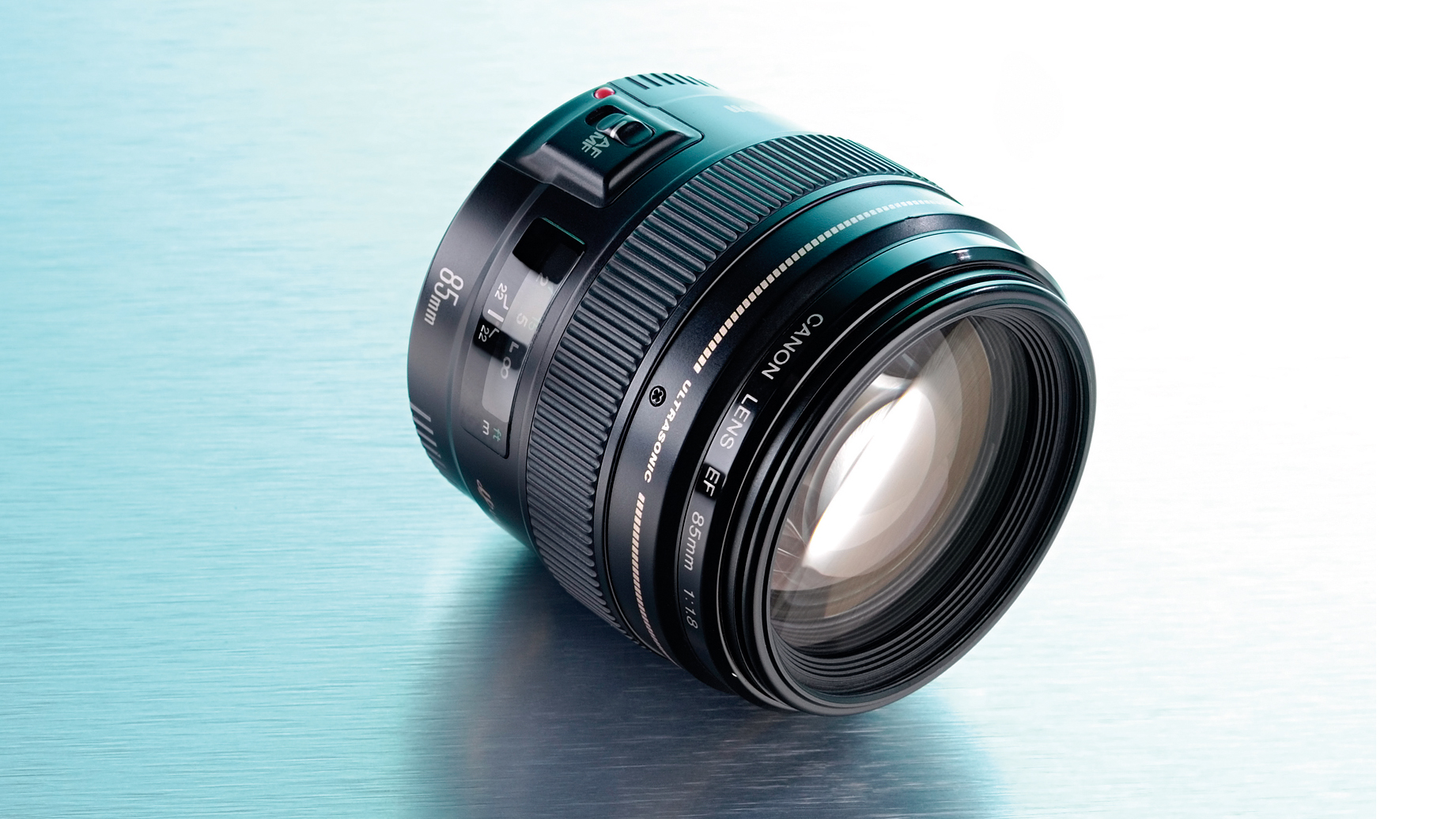
This 85mm is a compact optic and only requires a 58mm filter thread. That said, the front element that isn’t recessed within the barrel, making the purchase of an optional ET-65 III lens hood (about $ 15/£25) all the more important. Build quality is good and the lens benefits from a ring-type autofocus system which is very fast and almost silent. The eight-blade diaphragm gives a well-rounded aperture, making this an ideal portrait optic for full-frame bodies and very useful for telephoto portraiture on APS-C cameras.